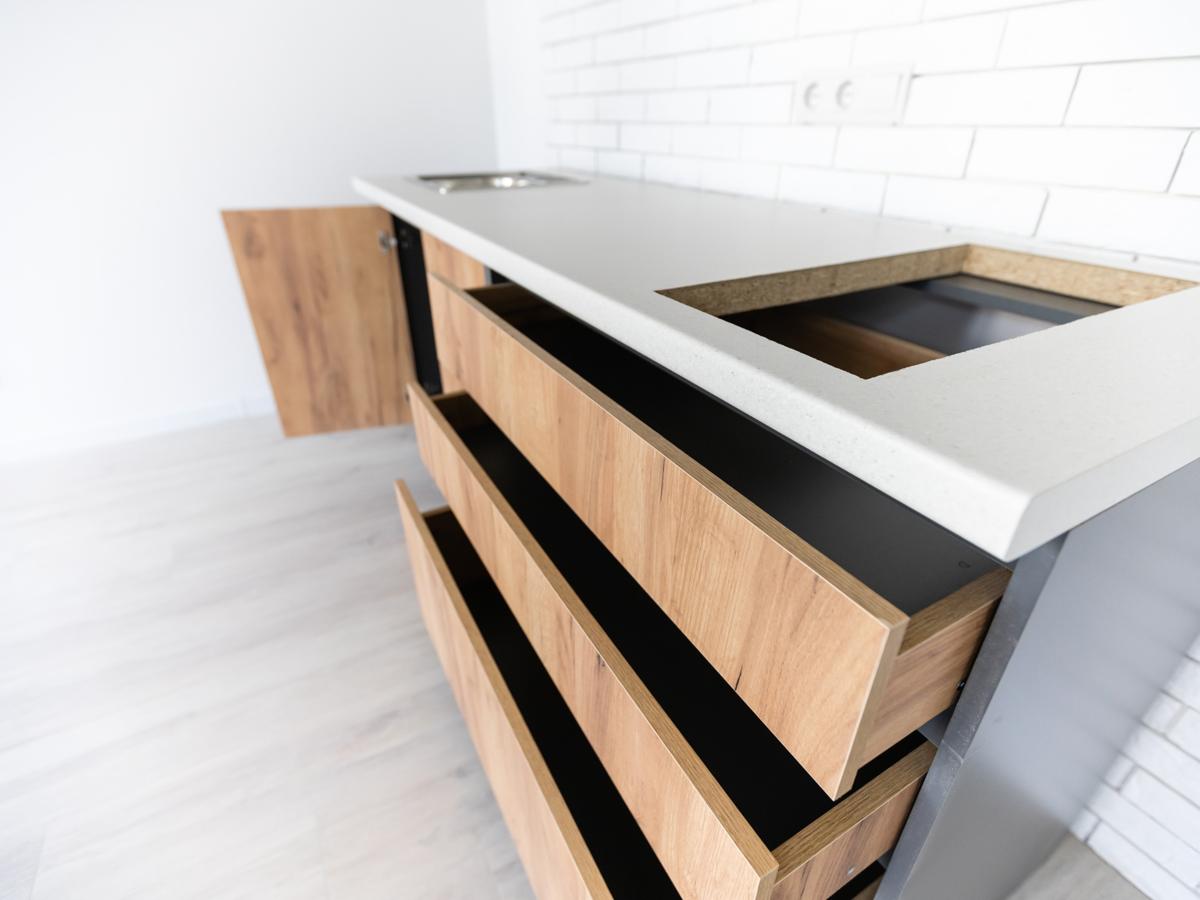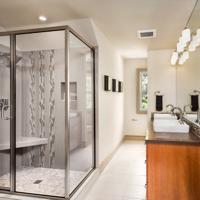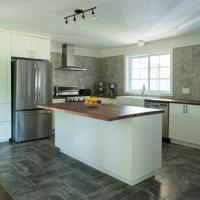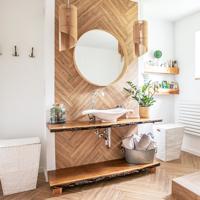When taking on a kitchen remodel, one of the most significant, yet exciting decisions involves choosing the right kitchen cabinets. They not only define the aesthetic of your kitchen but also play a crucial role in storage and functionality. Let’s dive into the essentials of kitchen cabinets and consider some thoughtful approaches to making your selection.
Understanding Types of Kitchen Cabinets
Kitchen cabinets typically come in three varieties: stock, semi-custom, and custom.
Stock Cabinets: These are pre-manufactured and come in standard sizes and styles. They're more affordable and can be picked up from home improvement stores. While choices are somewhat limited, stock cabinets are a great option for quick fixes or budget-sensitive projects.
Semi-Custom Cabinets: Offering more flexibility, semi-custom cabinets allow for adjustments in size and design. Although more expensive than stock cabinets, their personalized options make them suitable for homeowners seeking a blend of unique style and affordability.
Custom Cabinets: For those with specific tastes or non-standard kitchen layouts, custom cabinets are tailor-made according to precise specifications. They provide limitless styles and configurations but come with a higher price tag and a longer wait time.
Materials: Considerations and Choices
The material choice for kitchen cabinets combines both aesthetics and durability.
Solid Wood: Often prized for its natural beauty, it offers a timeless appeal. Choices include oak, cherry, maple, and birch. Each wood type has unique grains and colors, influencing the overall look of your kitchen.
Plywood: Typically used for its strength and stability, it's less prone to warping. Plywood cabinets are often more reliable compared to other non-solid wood options.
MDF (Medium-Density Fiberboard): Engineered wood that is smooth and can be painted easily, offering a less expensive alternative to solid wood without compromising on the look.
Metal and Glass: For those considering a modern touch, metal (like stainless steel) or glass-front cabinets offer sleek designs but might require more maintenance to keep fingerprint-free.
Functionality Takes Center Stage
Beyond looks, the functionality of kitchen cabinets is vital. Consider these aspects:
Storage Needs: Reflect on the items and kitchen appliances you store. Drawers, pull-out shelves, lazy Susans, and deep cabinets can effectively organize your space.
Accessibility: Think practically about how often and easily you access items. Lower cabinets and deep pull-outs make life more convenient, especially for those hard-to-reach back spaces.
Hardware Choices: Don't overlook the hardware—knobs and pulls can complement your cabinet style but may need frequent changes for maintenance.
Embracing Style
The style of cabinets can set the mood for your entire kitchen. Here are a few popular ones:
Shaker: Characterized by its simple, clean lines and versatile style suitable for both classic and contemporary settings.
Flat-Panel or Slab: Ideal for modern kitchens, these feature minimalistic designs with smooth surfaces.
Inset: These cabinets are crafted with doors set inside the frame, offering a traditional, refined look.
Sustainability Considerations
Environmentally conscious homeowners might want to consider eco-friendly materials. Look for cabinets certified by organizations like the Forest Stewardship Council (FSC) or ones made from reclaimed materials.
Budget Planning
Accurately setting a budget can influence your choices significantly. Understand that cabinets typically account for nearly 40% of the kitchen remodel cost. Prioritize features that align with your goals and explore sourcing methods such as ready-to-assemble cabinets for additional savings.
Conclusion
Selecting the right kitchen cabinets blends personal taste, functionality, and budgetary considerations. While the myriad of options might seem overwhelming, this journey offers the opportunity to craft the heart of your home according to what brings you joy and meets your practical needs.
For more detailed examples and pricing, resources like the "National Kitchen and Bath Association" and online forums can offer real-world insights. For kitchen examples, check out our Kitchen Remodeling page.
I hope this provides a helpful starting point for your cabinetry journey! If there are any specific interests or questions, feel free to reach out—I’d be delighted to explore them with you.




